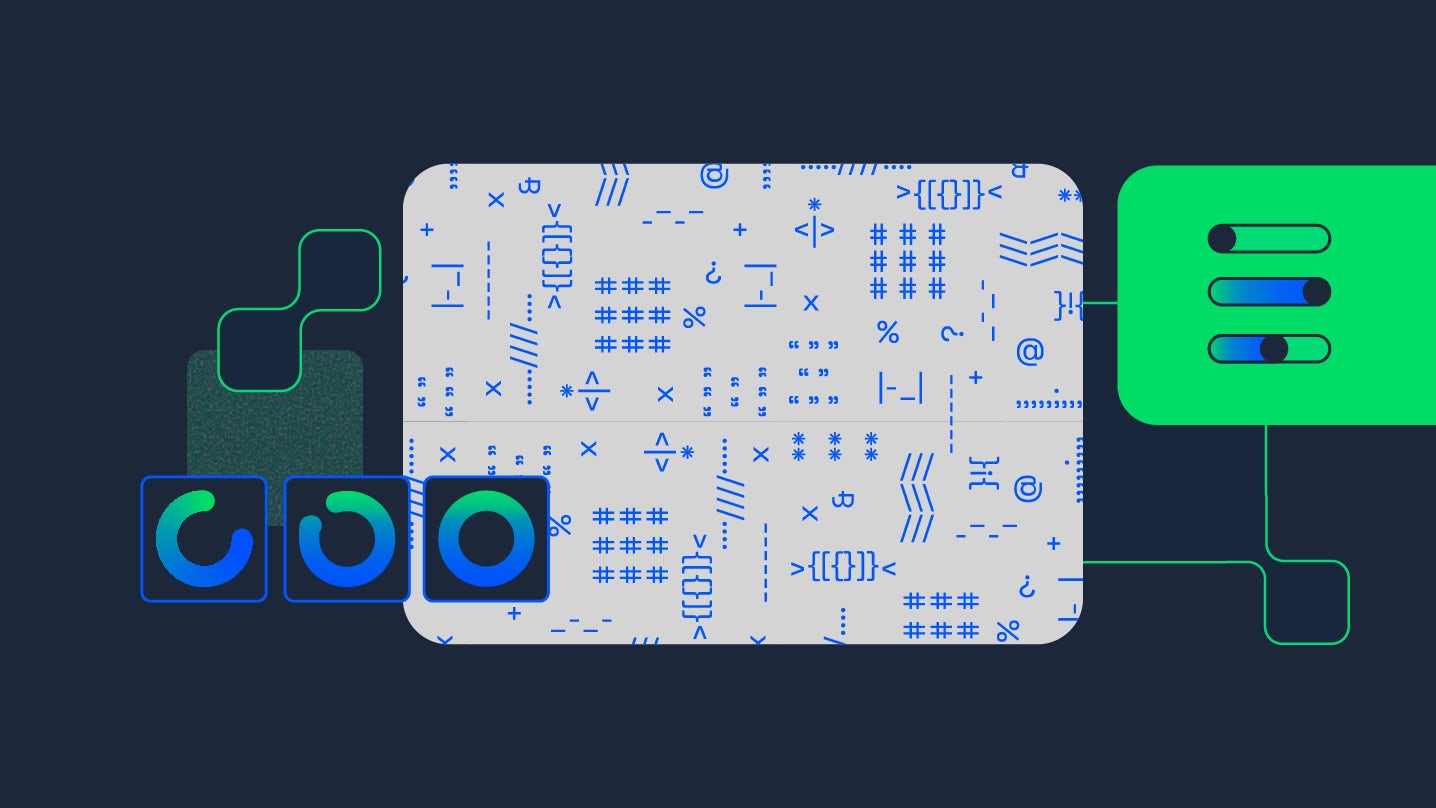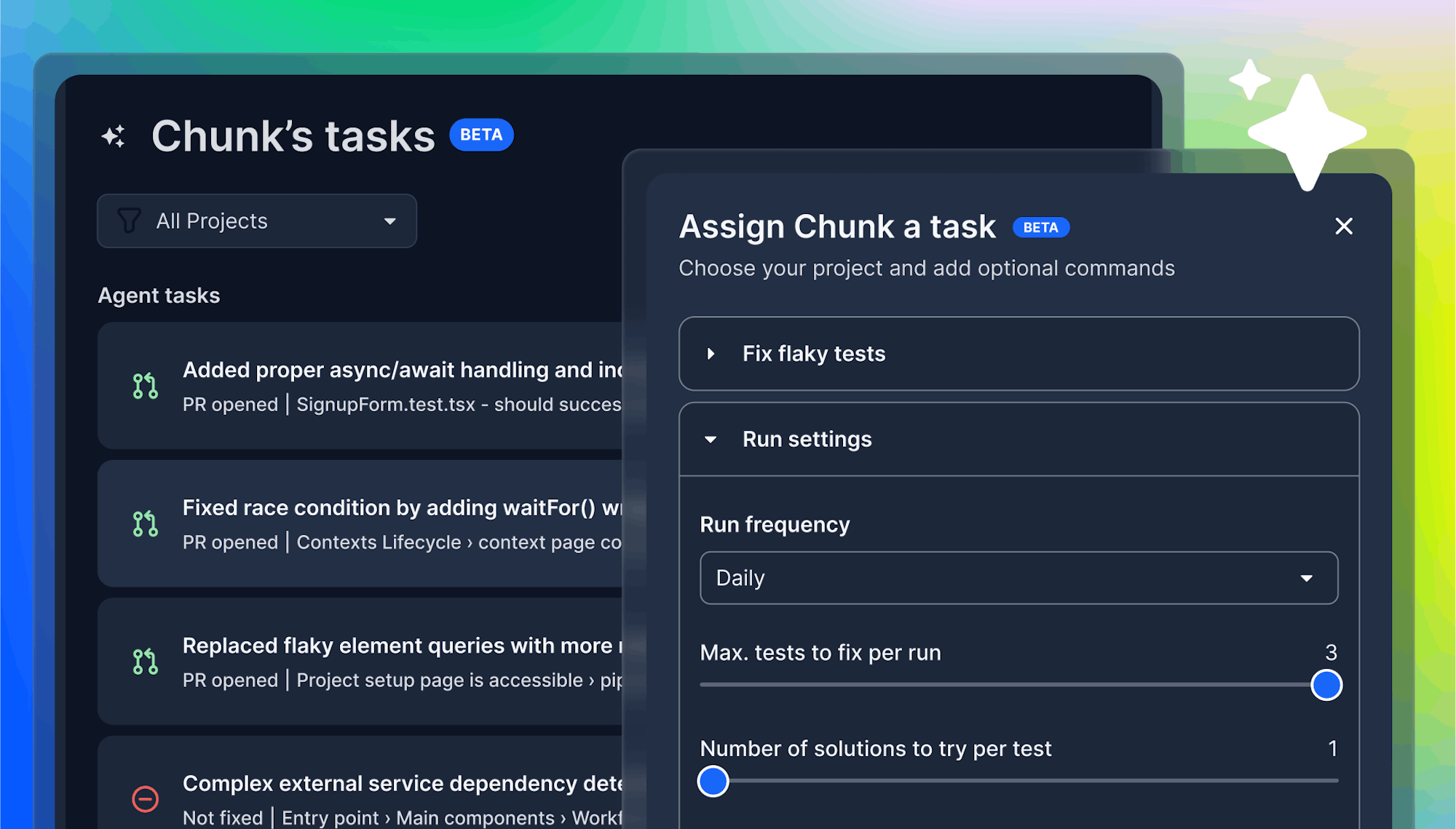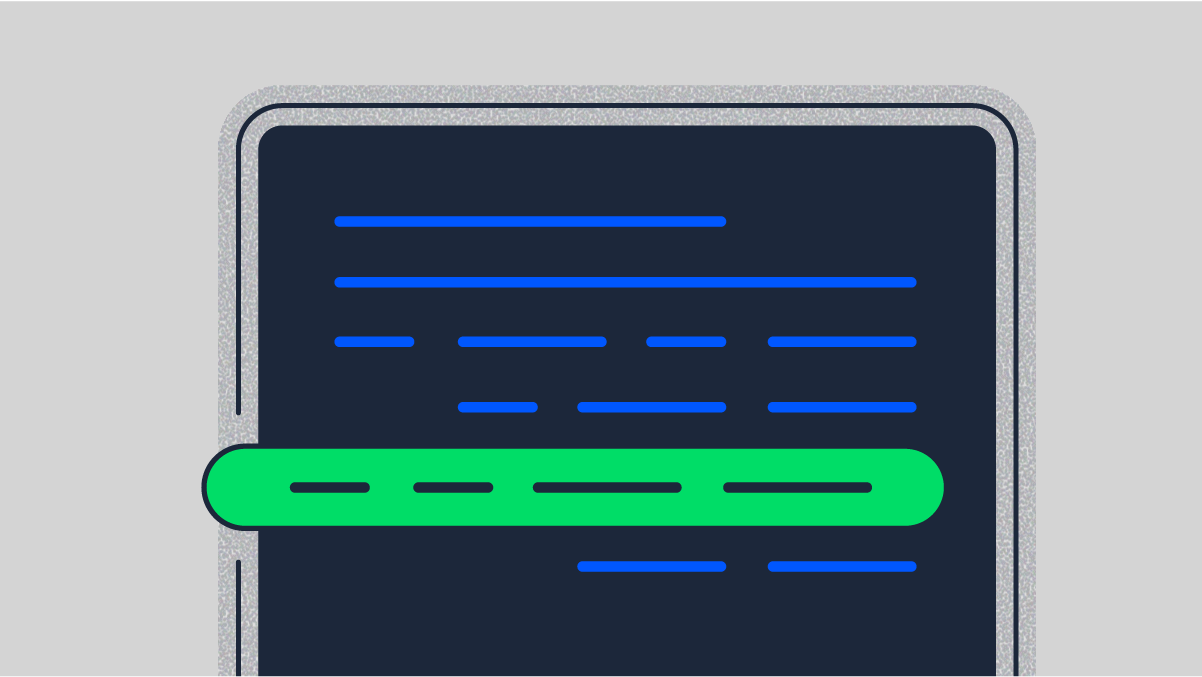CI/CD basics for MongoDB applications

Senior Technical Content Marketing Manager

In modern development, MongoDB applications present unique challenges for CI/CD implementation. While many CI/CD principles remain constant across databases, MongoDB’s architecture and behavior require specific consideration in your automation pipeline.
The document-based nature of MongoDB, combined with its powerful replication capabilities, creates distinct opportunities and challenges when building your continuous integration and delivery workflows.
Common MongoDB testing challenges
The schemaless nature of MongoDB creates distinct testing challenges in your development workflow. When testing against replica sets, you’ll need to carefully orchestrate multiple MongoDB instances to ensure your tests accurately reflect production behavior.
Index creation and validation must be verified across environments, while aggregate pipeline testing requires substantial data volumes to be meaningful. Additionally, testing features like change streams demands specific configuration in CI environments to ensure accurate results.
Effective test data management
Managing test data effectively is crucial when working with MongoDB’s document model. Instead of maintaining complex SQL fixtures, you can use MongoDB’s native tools like mongodump and mongorestore with compression for efficient test data seeding.
When working with production data samples, implementing data masking through aggregation pipelines helps maintain security while preserving data relationships. One often overlooked aspect is the importance of maintaining properly indexed collections in your test fixtures - this helps catch performance regressions before they reach production.
Managing MongoDB migrations safely
Database changes require careful handling in continuous delivery. When implementing migrations, leverage MongoDB’s transaction capabilities where possible to ensure atomicity. Your pipeline should verify backward compatibility of indexes and queries, particularly important given MongoDB’s flexible schema nature.
For zero-downtime deployments, consider implementing progressive schema updates that maintain compatibility across versions. Testing migration rollback procedures in your CI environment is essential - you don’t want to discover issues during a production rollback.
Performance testing considerations
Your CI/CD pipeline should incorporate comprehensive performance verification. Start by testing index effectiveness with explain plans against realistic data volumes.
This helps catch query pattern issues early in the development cycle. Monitor memory usage patterns in aggregation pipelines, as these can differ significantly between environments. Connection pool configurations need verification across your pipeline stages to ensure they match production requirements.
Managing test environments effectively
Docker makes creating consistent MongoDB test environments straightforward, but proper configuration is crucial. Your test environments should mirror production settings, particularly for the WiredTiger cache and replication configuration. Consider implementing network latency simulation for distributed systems testing - this often uncovers issues that wouldn’t appear in local testing. Memory and CPU limits should maintain similar ratios to production to ensure meaningful test results.
Automated deployment verification
Post-deployment verification becomes critical with MongoDB’s distributed architecture. Your pipeline should verify secondary sync status in replica sets and confirm index build completion. Keep an eye on oplog size and utilization - these metrics often indicate potential replication issues. Connection pool saturation and query response times against key patterns provide early warning of performance problems.
Pipeline optimization for MongoDB workloads
CircleCI’s flexible resource classes enable efficient handling of MongoDB-specific tasks. Take advantage of parallel testing capabilities to verify behavior across multiple MongoDB versions simultaneously. When running intensive aggregate operations, dedicated resources ensure consistent performance. The platform’s caching capabilities make managing test databases more efficient, while separate execution environments allow proper testing of different replica set roles.
Security testing in CI/CD
Security testing for MongoDB applications goes beyond standard SAST and DAST approaches. Your pipeline should verify role-based access control configurations and field-level encryption settings. Network isolation between replica set members needs validation, as does authentication mechanism compatibility. Certificate validation for SSL/TLS becomes particularly important in distributed MongoDB deployments.
Best practices for production migrations
Successful platform engineering for MongoDB requires thoughtful migration strategies. For large-scale data updates, consider write migration patterns that maintain system availability. Critical schema changes often benefit from dual-write patterns, allowing gradual cutover to new schemas. Throughout migration processes, monitor replication lag carefully and maintain robust backup procedures - this provides confidence during schema transitions.
Getting started with MongoDB CI/CD
Beginning your MongoDB CI/CD journey doesn’t have to be overwhelming. Start by setting up basic replica set testing environments and implementing comprehensive data seeding strategies. Build out MongoDB-specific health checks that verify your critical functionality. As you progress, establish performance baselines that help identify potential issues early in your development cycle.
Conclusion
Building a robust CI/CD pipeline for MongoDB requires understanding its unique characteristics and challenges. CircleCI provides the flexibility to implement MongoDB-specific best practices while maintaining development velocity. With proper attention to testing, security, and deployment strategies, you can build a pipeline that supports reliable MongoDB application delivery.
📌 Sign up for a free CircleCI account and start automating your pipelines today.
📌 Talk to our sales team for a CI/CD solution tailored to MongoDB.
📌 Explore case studies to see how top MongoDB companies use CI/CD to stay ahead.




